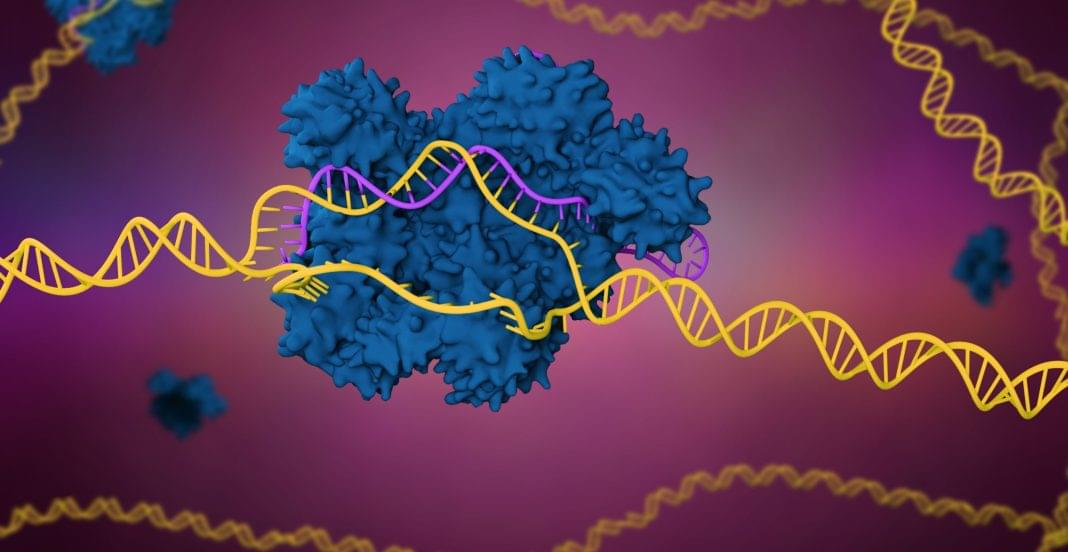While CRISPR-mediated gene editing has led to powerful advances across biology, medicine, and agriculture, challenges persist in optimizing the editing efficiency of enzymes, such as the widely used Cas9 nuclease. This is especially true in therapeutic use cases, where the goal is to attain high rates of editing via a relatively low and transient enzyme dose.
In a new study published in the April 2025 issue of The CRISPR Journal titled, “Hairpin Internal Nuclear Localization Signals in CRISPR-Cas9 Enhance Editing in Primary Human Lymphocytes,” researchers from the Innovative Genomics Institute (IGI) at the University of California (UC), Berkeley, present a strategy to improve editing efficiency in human immune cells for therapeutic applications by leveraging new constructs for nuclear localization signal (NLS) sequences.
“Efficient CRISPR enzyme production is essential for translation. This is one element that allowed the rapid clinical evaluation of Casgevy, the world’s first genome editing drug. Unfortunately, this aspect tends to be overlooked in the basic research performed in academia,” said Ross Wilson, PhD, assistant adjunct professor of molecular and cell biology at UC Berkeley, who led the new study.
